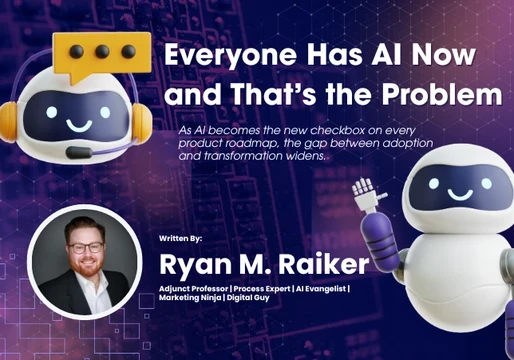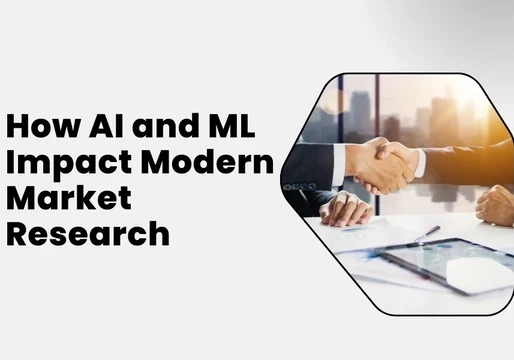Machine learning is transforming the world as we know it. As companies continue to dive further into the possibilities of virtual intelligence, new concepts continue to emerge. One particularly crucial area of study is “Deep Learning”.

Deep Learning is a sub-section of machine learning, capable of bringing higher levels of accuracy and efficiency into the AI landscape. When trained correctly, the right deep learning systems can match and even outperform human cognition. Data scientists working in the deep learning field have begun building frameworks over the last few years specifically to enhance the sector. Machine learning is now capable bringing stronger solutions than ever before.
Today, we’re going to look at some of the most compelling deep learning frameworks for 2021.







Comments ( 0 )